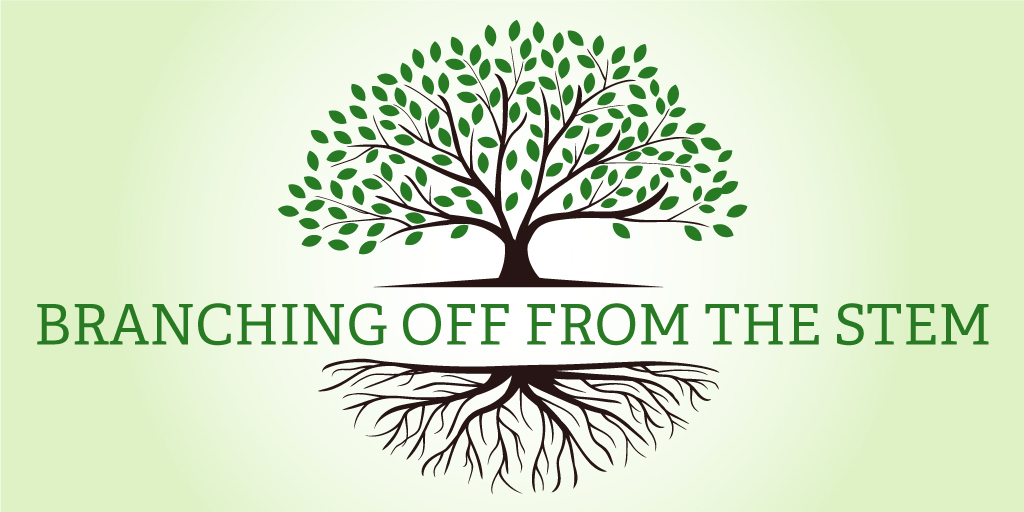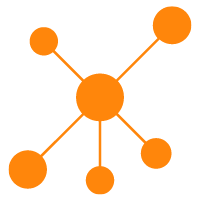
When we discuss STEM classes and content, by their very nature, we are talking about multiple cross-curricular concepts. Engineering is math and math leads to technology, which requires science, which is what engineers study, and so on and so forth. So why should we consider how STEM concepts can branch out even further into our classrooms?
The answer to this question flows in two directions. First, students learning math and science must know that they are not learning in a vacuum. There are implications to how products are designed and marketed—not just how they are engineered. As students learn and understand this, they broaden their understanding of what the ultimate goals of learning about math and science are in the first place: to improve the lives of others.
As I said, the answer flows in both directions. The students with a strong proclivity to learn in STEM fields need their view broadened, but those who are on the outside looking in can see STEM content in a different light through cross-curricular learning. Who knows, these students might even find their niche in the STEM world and can pursue a career in that area.
The Relevance of STEM
As a teacher, this might seem like a challenging and daunting thing to undertake. You may think you don’t have enough time to teach math as it is, so how are you going to teach it in a cross-curricular model? I would contend that teachers actually have more instructional time when using this model than less, although it usually requires more prep and planning at the start.
Here are some unique ideas for how teachers can branch off the STEM and help students to consider how relevant these topics are:

|
DESIGN: More and more, this is becoming a critical area of production. Through 3D printing and advanced tooling, companies can make almost any kind of contraption in any color and any style. The students in the art classroom really should work with students in the engineering classroom to discuss and plan designs. Both disciplines have a lot to learn from one another, and collaboration will produce better products in the end. |
 |
TECHNICAL READING AND WRITING: Students who love writing will love the challenge of technical writing. Descriptions must be clear, concise, and full of technical language and jargon—this can make some technical reading exceptionally hard for students. Again, this can be a perfect opportunity for a science student to provide details of a lab process to another student, who is tasked with creating a description of it. |
 |
CAREER AND TECHNICAL EDUCATION: Many CTE classes are STEM classes, but not all. Other areas, such as family and consumer sciences as well as health and medical fields, overlap with STEM content, but also stand on their own. The math required in these classes is at a higher level and a perfect place for teachers to show relevance to students. It also shows students in CTE classes how important math and science skills are—especially if they don’t already realize it. |
 |
MUSIC: There is a lot of great research on how learning music helps students with reading and math. The patterns and thinking required easily transfers to math. But for kids who love music and aren’t as into STEM classes, music can be the link to learning more about these fields. For example, one of my teachers used a Makey Makey with potatoes to create a mini piano. Not necessarily something to do for the sake of creating great music, but by marrying the two together, it is possible for students to learn a little bit from both areas and discover how each can work together. |
 |
DATA: Data can be part of a math class or part of a technology class, but it can also be part of many other classes. Data itself isn’t really an area of standalone content, but it is something that all students need exposure to. Whether it’s data in a weightlifting classroom, data from a science lab, or even data from practice after school, both math and technology can help students to understand and make sense of it. |
There are many ways to make STEM relevant and meaningful for students—this list is not exhaustive by any means. The idea of STEM concepts branching out into other content areas around the school is one worth exploring for all teachers, both STEM and otherwise. The reality is that the careers of the future will require skills that overlap in all of these areas.
STEM already crosses curricular areas if done correctly. Instead of adding a bunch of letters to the acronym, teachers can just know that STEM touches almost everything that students do. Through proper planning and creative thinking, students from all different interest areas can learn more deeply about how the content areas intersect. STEM classes that we already have can sprout and grow “branches” throughout the entire school.

Check out our NEW The Big Guide to STEM vol. 2.>>



